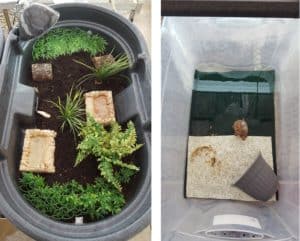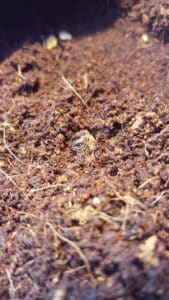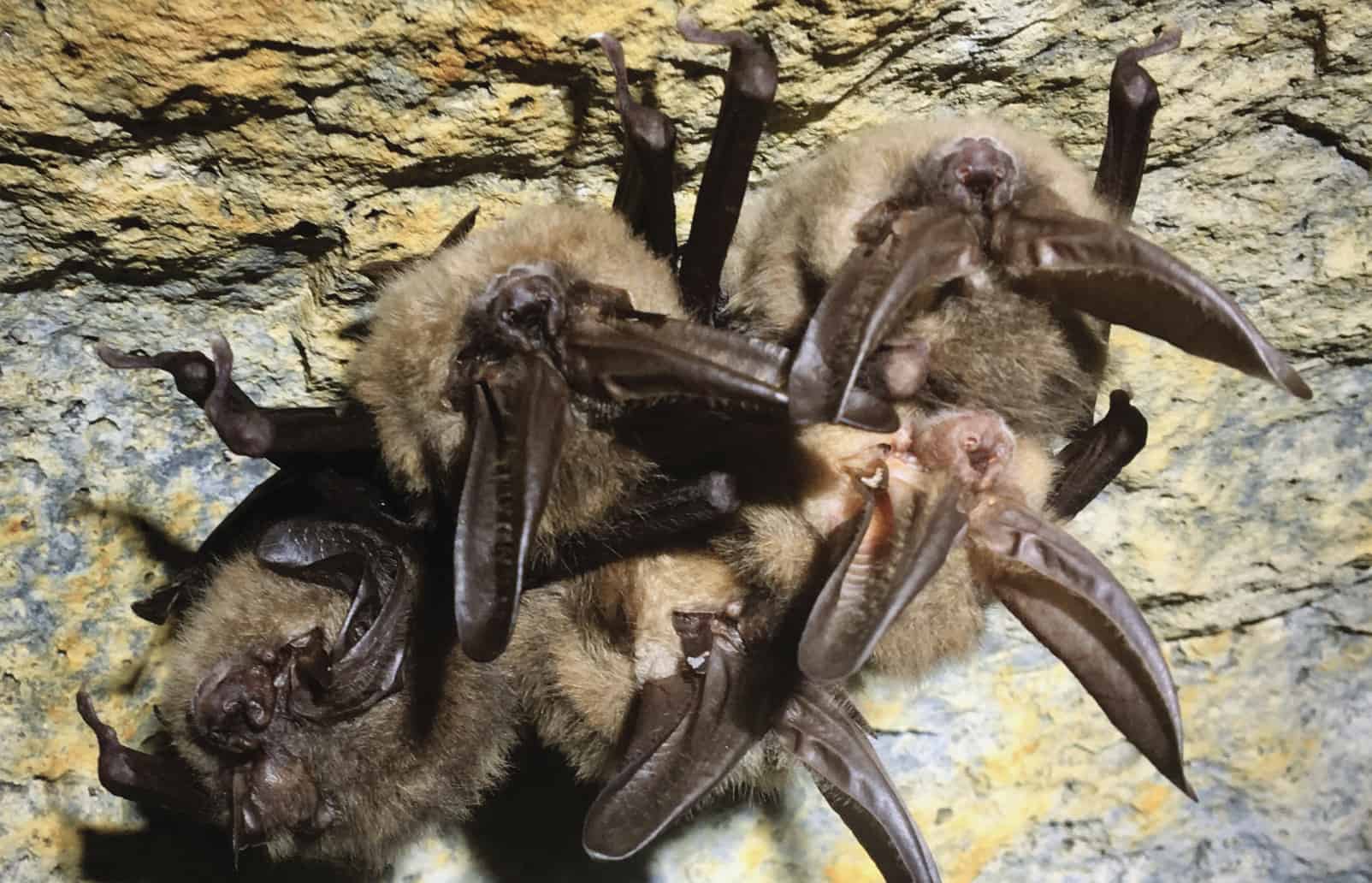Share this article
Time trumps environment for head-started turtles
Giving turtles a chance to grow in captivity is more important for their future success in the wild than environmental enrichment, according to new research.
“It doesn’t really matter so much how they were raised said Sasha Tetzlaff, a research biologist at the U.S. Army Corps of Engineers and the lead author of a study published recently in Global Ecology and Conservation. More important, he said, “really seems to be the length of captive rearing just to release them at a larger body size.”
Tetzlaff, who conducted this work as part of his PhD work at the University of Illinois, and his co-authors wanted to test the most important factors leading to the success of eastern box turtle (Terrapene carolina) reintroduction in the wild.
The reintroduction of captive-bred animals into the wild isn’t always a successful endeavor, though conservationists are turning to the technique more and more to turn around global wildlife declines. In the case of turtles, some species may even be exposed to a shell-eating fungus while in captivity.

Some box turtles were head-started with environmentally enriched enclosures like the one on the left, while others were raised in relatively bare enclosures such as the one on the right. ©Sasha Tetzlaff
But Tetzlaff and his colleagues wanted to see what works best when it comes to releasing eastern box turtles. They looked at the length of head-starting, or allowing turtles to bulk up in captivity, and compared it to environmental enrichment, the practice of giving captive hatchlings a more realistic captive environment before release.
They used 32 turtles in the experiment, releasing 12 turtles after six months and 20 after 22 months. In both cases, half the turtles released were head-started in enriched environments while the other half weren’t.
They radio-tracked the turtles after their release and found that two enriched turtles and two unenriched turtles survived from the early release turtles, while four enriched and six unenriched turtles survived from the ones kept in captivity longer.
Body mass, they found, was the most important factor to predict turtle survival. “The bigger you are, the greater probability that your daily survival goes up,” Tetzlaff said.

An enriched turtle hides in captivity. ©Sasha Tetzlaff
Since his results were constrained by sample size, he said he isn’t sure that environmental enrichment isn’t important in head-starting. But these results are consistent with other research.
“For reptiles, it seems to be the emerging pattern that body size is more important when they’re initially released,” he said, adding that this makes sense since many reptiles are relatively small as hatchlings, making them easy prey for a number of predators.
But being easy prey may still be an issue. A recent study in the Journal of Wildlife Management found that head-started Mojave desert tortoises (Gopherus agassizii) didn’t survive well if released near the vicinity of ravens, even when head-started.
Tetzlaff noted that reptiles contrast in this respect with mammals. For mammal reintroductions, behavior is an important factor in their future success.
In the future he would like to do further tests with a larger sample size to confirm his results. He would also like to see if there is a levelling off point in terms of head-starting length — turtles kept too long in captivity before release may not adapt as well to the wild.
She also noted that it’s difficult to study the long-term benefits of head-starting. Box turtles take five years to reach reproductive maturity but other turtles take many more, and most study grants don’t provide funds to follow reptiles this long.
But this kind of study could help in the future conservation of box turtles, which only lay about five eggs in a clutch.
“The vast number of turtle nests laid do not survive the full incubation,” he said.
Header Image: A head-started turtle appears with a tracking device after being released. ©Sasha Tetzlaff








